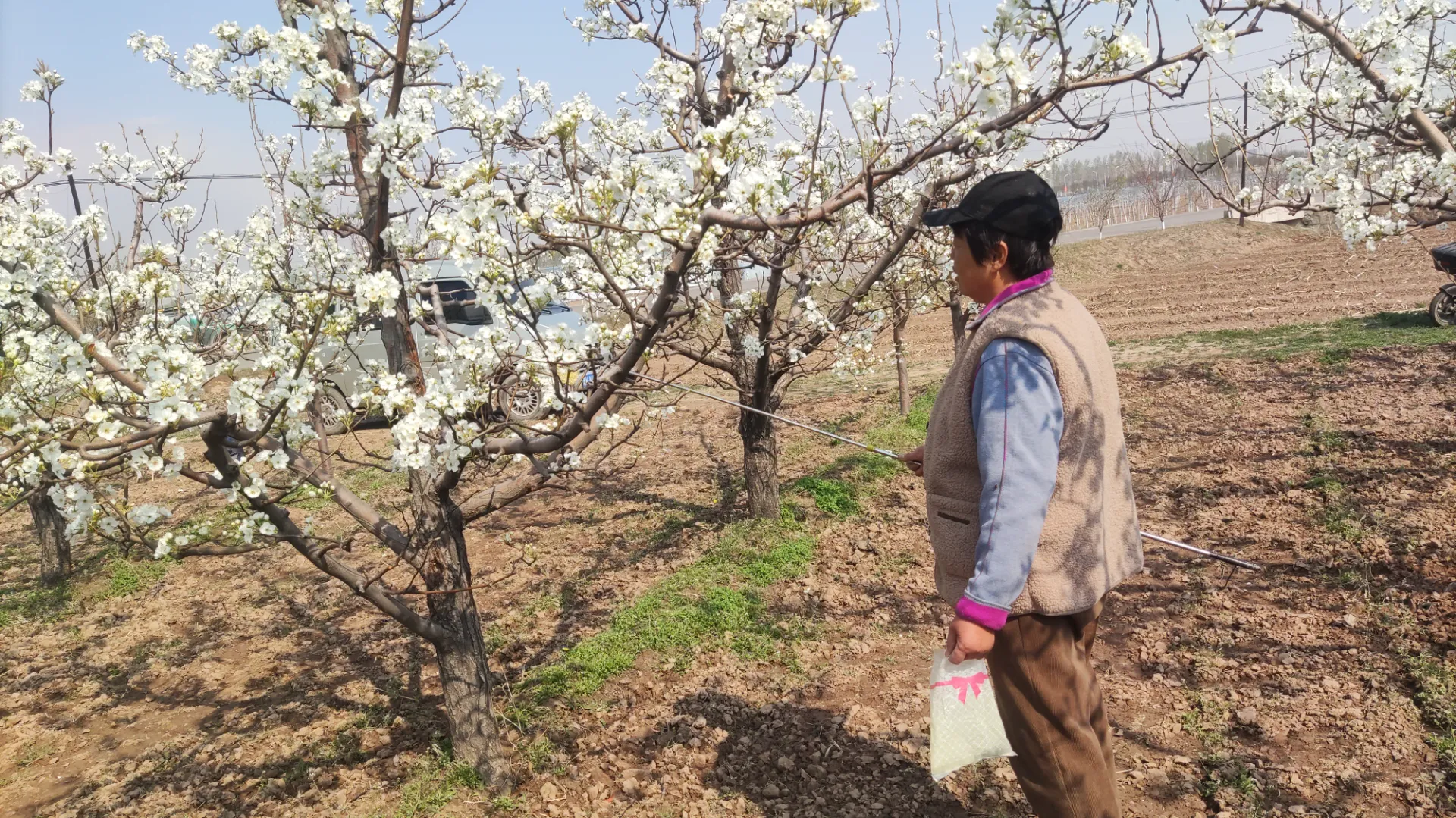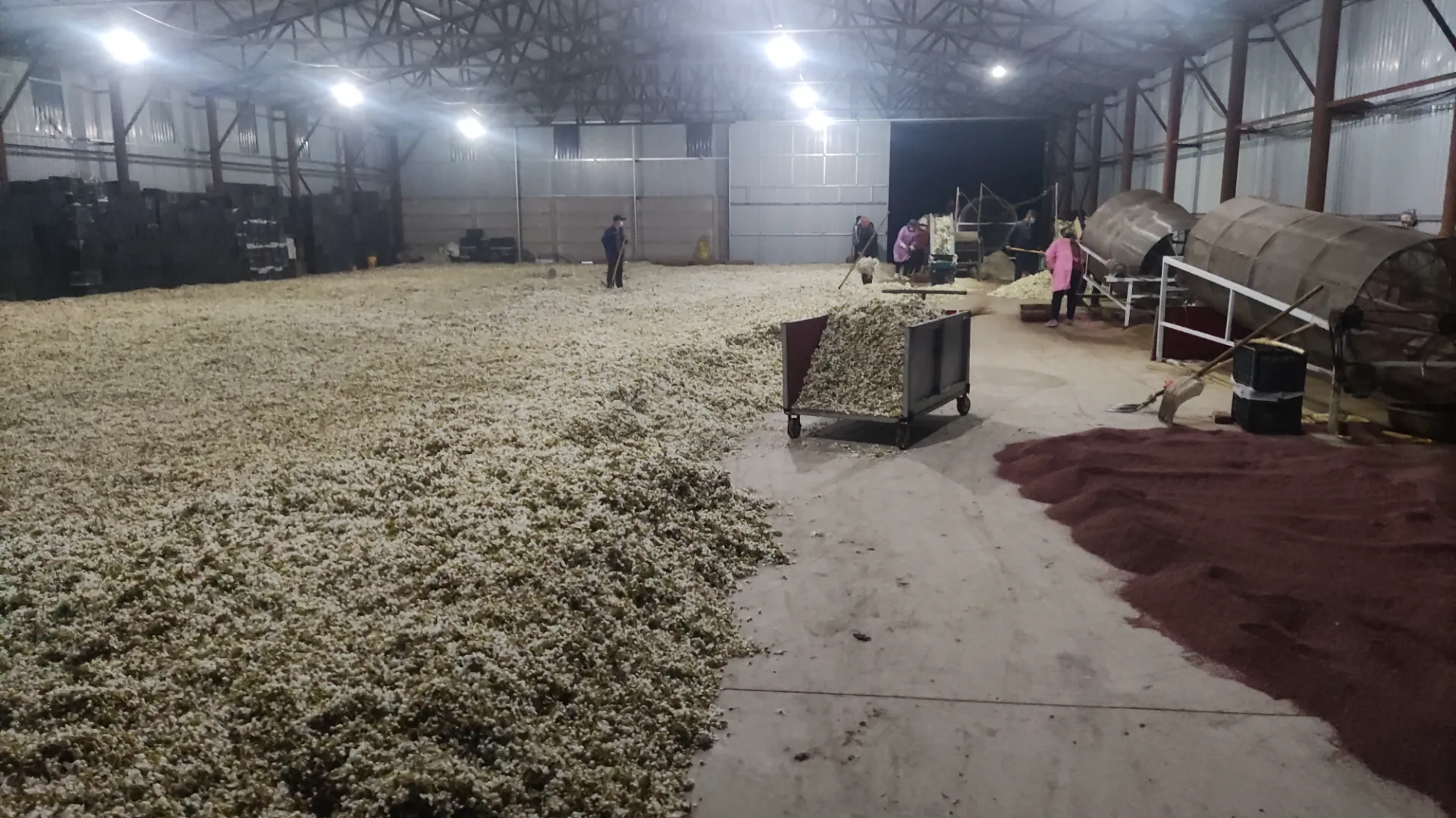ივლ . 07, 2025 15:23 სიაში დაბრუნება
Commercial Harvesting and Processing of Pear Pollen
The global demand for pear pollen is rising, driven by orchardists seeking to optimize fruit yields and breeders developing hybrid varieties. Harvested from pear tree pollen, this golden dust is a cornerstone of modern horticulture, enabling controlled pollination and genetic innovation. However, transforming delicate blossoms into viable, market-ready pear pollen for sale requires precision, from timing blooms to preserving fertility. This article explores the science and strategy behind commercial pear pollen production, offering insights for wholesalers and large-scale growers.

Optimal Techniques for Harvesting Pear Tree Pollen
The window for harvesting pear tree pollen is narrow, typically coinciding with the “balloon stage” of blossoms—when flowers are plump but unopened. Growers collect entire flower clusters by hand or using mechanical shakers, ensuring minimal damage to the anthers. Timing is critical: pollen viability peaks just before flowers open. In commercial operations, teams monitor orchard microclimates, as temperature and humidity directly affect pear pollen yield. For example, Bartlett pear varieties in California’s Central Valley are harvested earlier than Anjou cultivars in cooler Pacific Northwest regions.
Wholesalers often collaborate with orchards to schedule staggered harvests, ensuring a steady supply of pear pollen for sale throughout the pollination season. Post-harvest, flowers are transported to processing facilities in breathable containers to prevent mold growth.
Processing Pear Pollen to Maximize Viability
Once harvested, pear tree pollen undergoes meticulous processing to preserve its fertility. Flowers are dried in climate-controlled rooms (20–25°C, 30–40% humidity) for 24–48 hours, allowing anthers to release pollen naturally. Sieving separates pollen grains from floral debris, achieving purity levels of ≥95%. Advanced operations use electrostatic separators, which attract pollen via static charge, boosting efficiency.
To extend shelf life, pear pollen is often mixed with lyoprotectants like lactose or silica gel before freeze-drying. This stabilizes the grains, maintaining germination rates of 70–85% for up to two years when stored at -20°C. Wholesalers prioritize vacuum-sealed, nitrogen-flushed packaging to block oxidation—a key selling point for pear pollen for sale in international markets.

Market Strategies for Pear Pollen for Sale
The pear pollen market caters to two primary buyers: commercial orchards and breeding programs. Wholesalers differentiate offerings by pollen source (e.g., Bartlett, Comice), purity, and viability rates. Bulk pricing for pear tree pollen ranges from 50–50–150 per gram, depending on volume and certification (e.g., organic, non-GMO).
Strategic partnerships are crucial. Suppliers like PollenTech and Orchard Genetics LLC offer tailored blends for specific cultivars, ensuring cross-compatibility. For instance, pear pollen for sale from Seckel pears is marketed to Asian pear growers seeking to enhance fruit size. E-commerce platforms have expanded reach, with B2B portals offering real-time viability testing reports to assure quality.
These partnerships also facilitate the timely delivery of pollen, crucial during the short pollination window. Additionally, suppliers often provide educational resources and technical support, helping growers optimize their pollination practices. By leveraging these strategic collaborations, fruit producers can enhance their yields and maintain the integrity of their crops.
FAQ:Addressing Key Questions About Commercial Pear Pollen
How long does pear tree pollen remain viable after processing?
Properly freeze-dried pear pollen retains 70–80% viability for 18–24 months at -20°C. Room-temperature storage reduces this to 2–4 weeks.
Can pear pollen be used to pollinate other fruit trees?
Yes. Pear tree pollen can cross-pollinate apples and quinces in some cases, but success rates vary by species. Compatibility charts are often provided with pear pollen for sale.
What is the best method to apply pear pollen in orchards?
Dusting via handheld sprayers or drones ensures even distribution. Mixing pear pollen with talc or flour (1:10 ratio) improves coverage.
Does organic certification affect pear pollen pricing?
Yes. Certified organic pear tree pollen costs 20–30% more due to stringent harvesting and processing requirements.
Are there regional peak seasons for pear pollen for sale?
Northern Hemisphere demand peaks March–May, while Southern Hemisphere buyers (e.g., Argentina, New Zealand) purchase July–September. During these peak seasons, suppliers often experience higher demand and may offer limited quantities, leading to potential shortages or increased prices. It is advisable for buyers to plan their purchases accordingly and establish relationships with reliable suppliers to ensure a steady supply of pear pollen throughout the year.
From blossom to bulk packaging, the journey of pear pollen bridges nature’s precision and human ingenuity. For wholesalers, mastering harvest timing, processing innovations, and market trends ensures a competitive edge in this niche but growing sector. As orchards expand and hybridization advances, pear tree pollen will remain a vital tool in cultivating the fruits of tomorrow.
Understanding the delicate balance between nature and technology is crucial. Wholesalers must also focus on sustainability practices, minimizing environmental impact during both harvest and packaging. By adopting eco-friendly methods, they contribute to preserving the natural ecosystems that support pear tree pollination. Additionally, collaborating with researchers and farmers can lead to new discoveries, further enhancing the quality and yield of pear fruits.
-
tree-pollen-indoor-contamination
სიახლეებიAug.22,2025
-
kiwipollen-viability-assessment
სიახლეებიAug.22,2025
-
cherry-pollen-germination-rates
სიახლეებიAug.22,2025
-
buy-apple-pollen-online-guide
სიახლეებიAug.22,2025
-
pear-pollen-harvesting-techniques
სიახლეებიAug.22,2025
-
understanding-pollen-seasonal-patterns
სიახლეებიAug.22,2025